dawncraft chronicles
on guard
I am writing this on board Dawntreader with wind and rain lashing down like it had gone out of fashion in the last few months, water dripping in from somewhere and the BBC issuing storm warnings for this evening. After what was the best summer since 1976 and sadly, I had to miss most of it – more of that later - just deal with here and now as always.
- First job: remove all the bungee cords that make lowering the canopy down in the summer easy, and replace them with bolt rope – it's just a nautical term for rope below say 5 mm - or lashings if you prefer, but the idea is to strap that canopy down as tight as possible, bungees allow far to much movement which shakes the stitching to bits. I even use a rope on canopy supports that ties down to the engine bay in case wind gets under it and lifts it.
- Next get some 50 :50 waterproof PVA glue and water and squirt this around the hand rail fastenings, which have duly dried out leaving a nice gap for water to drip through screw holes, and of course the vents which are mounted on wooden circles. Plus anywhere else that one thinks could leak. The beauty with this trick is that rain will allow pva to creep into anything and eventually thicken up and set.
- A couple of springs running from fore deck to aft mooring post will stop or lessen surging which puts a huge strain on mooring lines and cleats – I've noticed so many boats don’t seem to do this and wonder why their lines pull out.
- Clean all sliding window gutters and the stupid so called drains that are supposed to let water out, although the drip strips I fitted ages ago help.
So the season started fantastically hot and dry, the Kennet and Avon almost resembling the Mediterranean !! But it soon became problematic, as water levels started to drop significantly.
The biggest issue was the outboard blocking with clay silt as the prop was almost screwing itself along the bottom. I have to use a long shaft engine as it needs to be below the hull depth (draught) to get enough water to stop cavitation ( where the prop spins in a vacuum and the bubbles eat chunks out of it ). Worse than that, it's now in the path of anything that may be lurking just below the surface, stirred up nicely by what ever has gone before me.
The answer was a prop guard, which I think all outboards ought to have as the only thing stopping your engine from exploding as it goes from 2000 rpm to zero in a fraction of a second is a 5mm pin designed hopefully to break if you do hit something ( shear pins ) but you only need to blow two or three of these on a trip to the pub to ruin an afternoon.
The next problem was the sheer heat inside, which made Burma look positively cool. Before I could really go anywhere, I was chucking buckets of canal water over the boat in an attempt to cool it down. On the bright side, my insulation must work as inside was at least 12 degrees warmer than out !! On the down side, though, things dried out to such an extent that the hatches in the floor of the cockpit shrunk and wouldn’t latch. At one point I even disconnected the solar panels, as battery lights were green almost continuously, even though I do have a regulator that in theory only allows a certain charge in... (Never trust gadgets they have an inbuilt sod it up function!)
When I was young sailing around the east coast, which is renowned for one thing - Mud !!!! proper thick goo that gets everywhere, I almost blew my outboard up. As the tide went out, I started stirring the mud up and of course being water cooled it could only go one place – straight up the cooling pipes where it started to coagulate nicely in the cylinder head waterways blocking everything! Sods law dictates that if it can go wrong it will, and at the most inopportune moment. And that’s exactly what happened to Dawntreader, stuck in the entrance to the marina with steam issuing out of her exhaust ( I really must fit a simple engine temperature gauge as no one looks back at their outboard to check cooling water) – mercifully the electric was rigged and we made it in – there being an excellent advert for electric propulsion. After a blast through with a hose pipe and after removing a gunked up thermostat, there was no real damage - but it could have been far worse.
So sadly, as water levels dropped even further and reports came in of canals being closed, the boat, like so many and perhaps what most are already, became a floating -just! static caravan. Still it was nice to sleep in the cockpit and look at stars and walk down to the canal side pub.

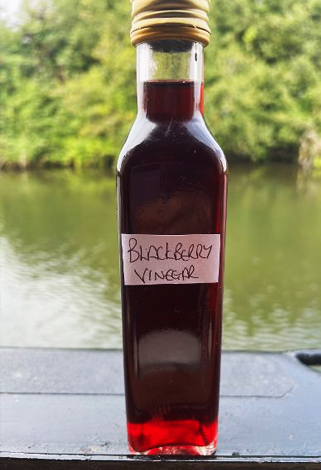 I made blackberry vinegar this year, simply by steeping blackberries, just covered in apple cider vinegar for 5 days then straining the vinegar off and bottling, keeping the blackberries in a jar to use with salads. You can also make plum or damson vinegar.
I made blackberry vinegar this year, simply by steeping blackberries, just covered in apple cider vinegar for 5 days then straining the vinegar off and bottling, keeping the blackberries in a jar to use with salads. You can also make plum or damson vinegar.
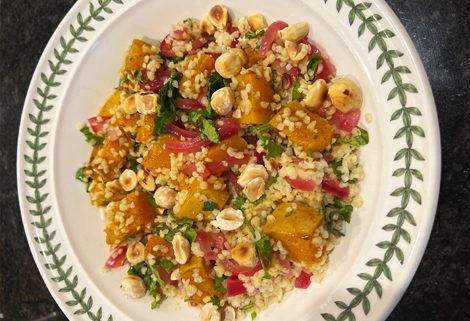








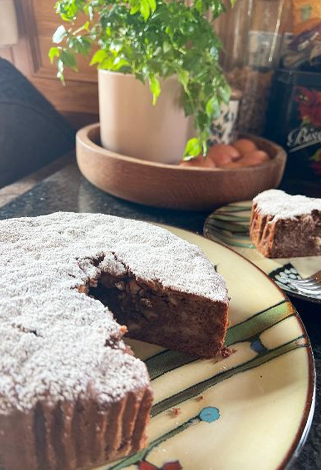

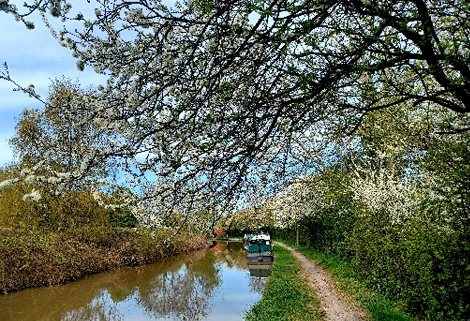


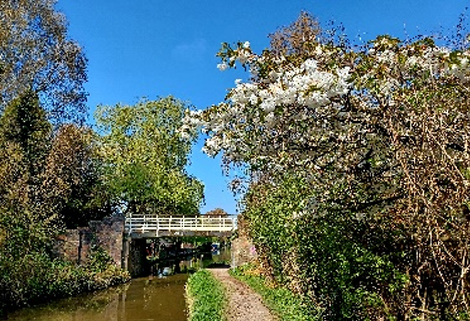
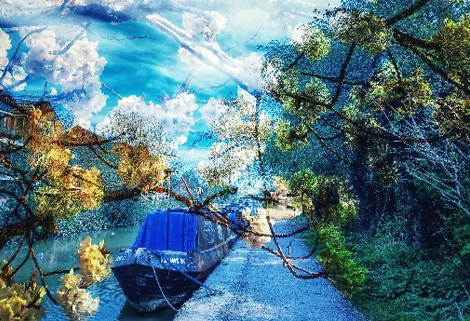
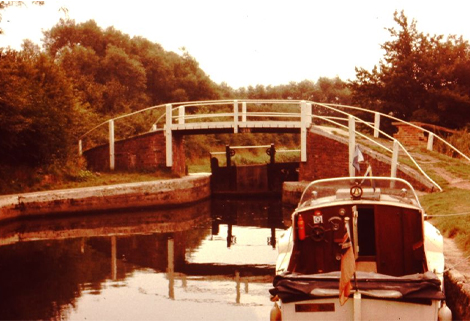
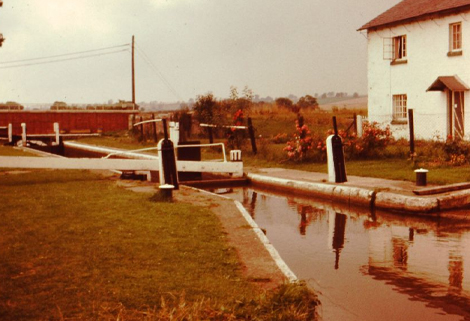
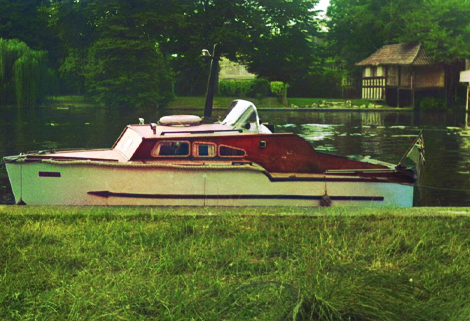
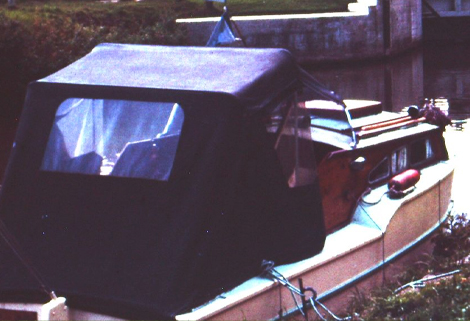
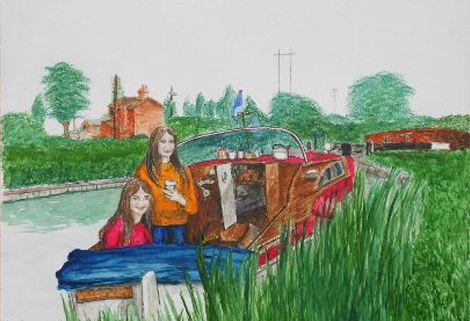
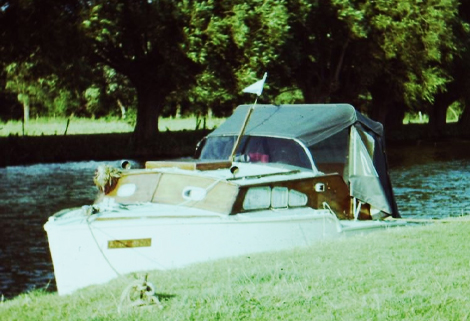

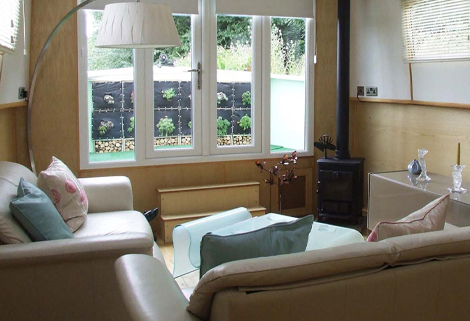
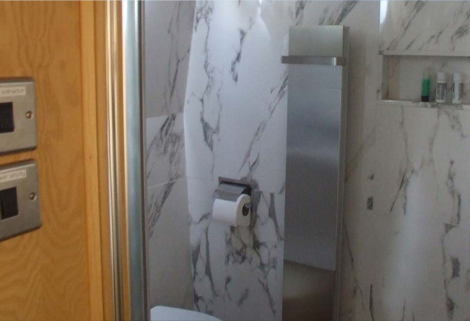
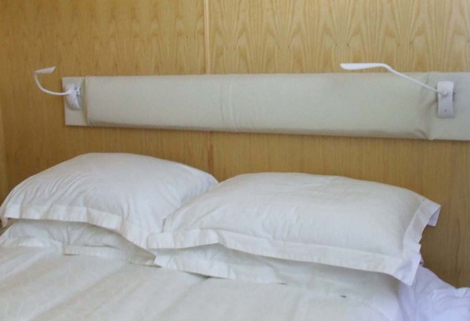
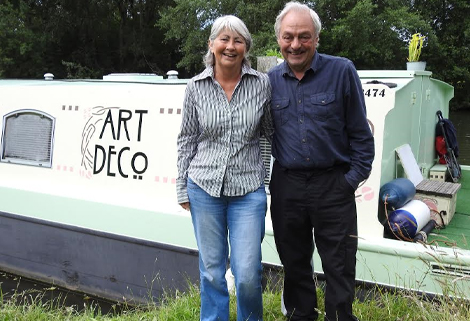
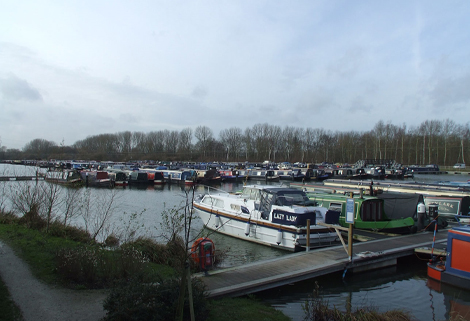
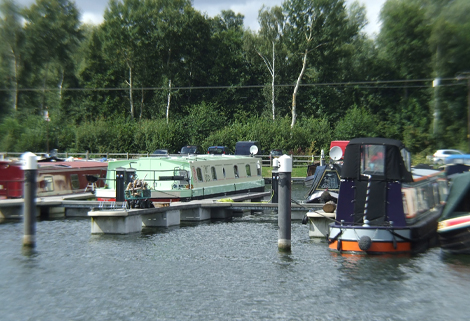


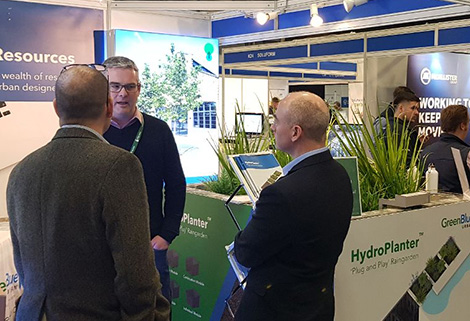


 There are three parts to the canal water system.
There are three parts to the canal water system.







